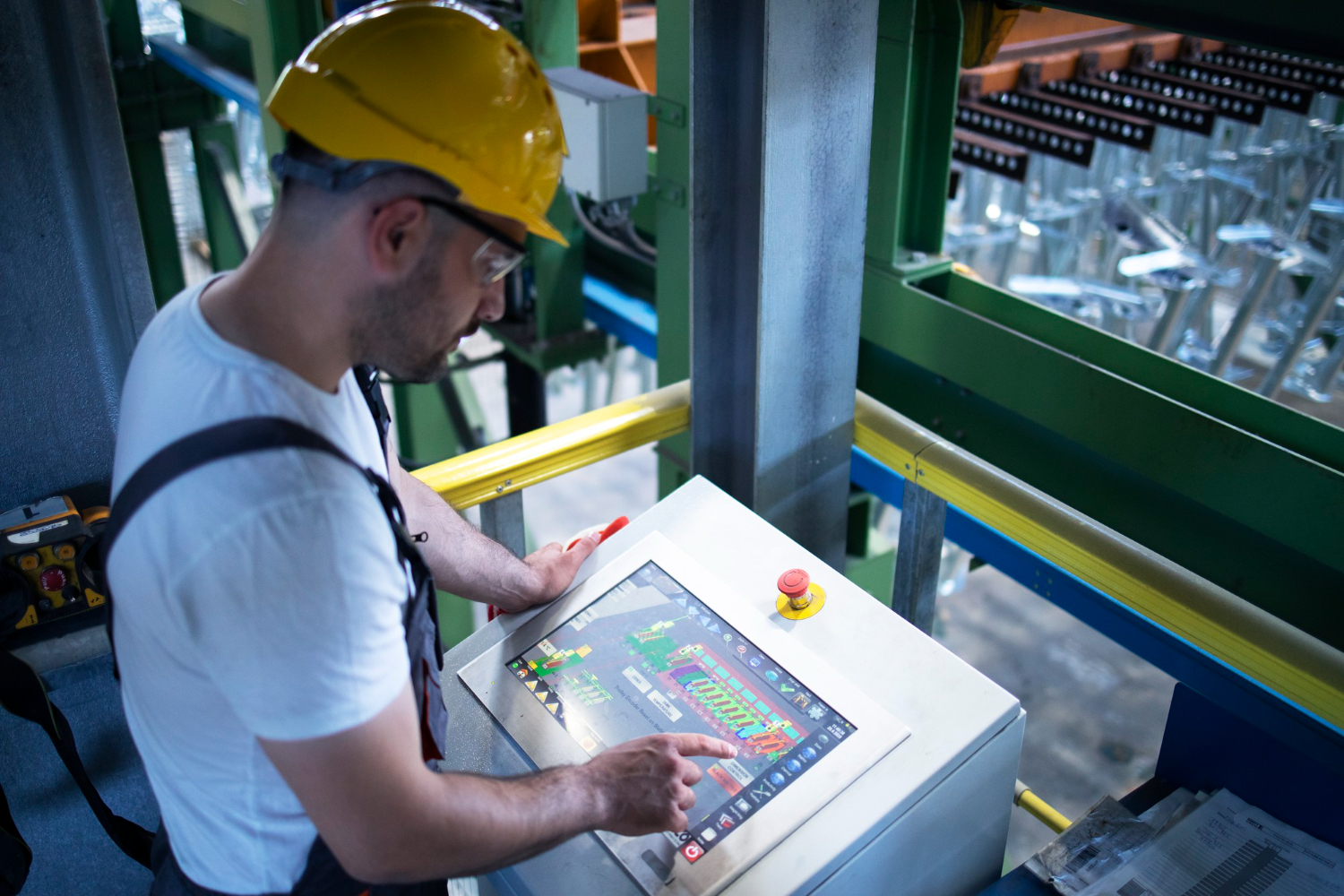Modern production lines run faster than ever. Items move quickly through machines, from one station to the next.
Checking quality by hand is hard to keep up. Mistakes can slip through, causing delays and waste. Computer vision helps solve this.
Computer vision enables computers to process and understand visual data. These systems can spot issues with speed and accuracy. On an assembly line, this means checking parts, shapes, sizes, and colours without stopping the process.
The way computer vision works is simple in idea. A camera captures digital images of the product. A program checks those images using rules and patterns. If something looks wrong, the system flags it.
This technology uses deep learning models to become more accurate over time. With enough good data sets, the system learns what a correct item looks like. When it sees something unusual, it reacts. That keeps faulty items off the line.
Why Use Computer Vision in Production?
Production lines move fast. Human workers can miss small issues. Lighting, speed, and fatigue affect their attention. A computer vision system does not get tired.
Object detection plays a key role. The system looks for specific objects or shapes. It checks position, texture, and even reflections. If a screw is missing or a label is off-centre, the system catches it.
These systems work well in many industries. In food production, they check colour and shape. In electronics, they find broken circuits.
In packaging, they confirm labels and seals. Each job needs its own data sets, but the method is similar.
Read more: Computer Vision for Quality Control in Manufacturing
Tools That Make It Work
Computer vision systems use a few key tools. Convolutional neural networks (CNNs) are popular for image tasks. These networks scan an image and detect patterns. They’re good at classifying objects and finding edges or shapes.
Another tool is optical character recognition (OCR). It reads printed text. OCR checks labels, batch numbers, and barcodes. If a number is wrong or missing, the system alerts the team.
Image processing also helps. Before checking an image, the system may adjust brightness or remove noise. This makes the image easier to analyse. Clean digital images give better results.
A Bit of History
The history of computer vision goes back to the 1960s. Early systems could follow simple lines or shapes. As computers improved, so did the tools. Now, with strong chips and better cameras, computer vision can handle real-world production processes.
In recent years, artificial intelligence (AI) has made a big impact. AI helps models learn from data. It improves the system without manual updates.
The more it sees, the better it gets. This is true for facial recognition, medical imaging, and production line inspections.
Read more: AI in Manufacturing: Transforming Operations
Applying Vision to Real Production Lines
Let’s look at how a company might use this. A camera is set above the assembly line. As products pass by, the camera takes photos. These are sent to the computer vision system.
The system checks the image. It compares the item to what a correct version should look like. If it finds a match, it passes. If not, it flags the item.
For example, a drink bottle factory may want to check cap placement. The vision system can confirm the cap is present and tight. In a biscuit factory, the system may check for broken edges.
Sometimes, the system needs to classify different versions of a product. For instance, if an item comes in three colours, it checks which version is present. That keeps counts accurate.
Benefits of Using Computer Vision
There are many benefits. First, it reduces errors. Fewer bad items leave the line. This saves money and protects the brand.
Second, it speeds up work. The system checks each item in real time. There’s no need to stop the line or slow down.
Third, it collects data. Over time, the company sees where problems happen most. They can fix weak points or change the process.
Finally, it works in tough settings. Low light, heat, or noise don’t stop the system. With the right setup, it keeps going no matter what.
Challenges and What to Watch
Of course, no system is perfect. Getting started takes effort. A team must collect and label data sets. They must train the model and test it.
Lighting can affect results. So can motion blur or dust. These need planning. Proper cameras and filters help.
There is also cost. Buying hardware, writing software, and training staff takes money. But over time, the savings from fewer mistakes add up.
Another concern is the black box problem. Deep learning models can be hard to understand. They work, but it’s not always clear why. That can be a concern for safety checks or audits.
Still, with the right team and setup, these systems bring great results. They are now common in industries like car making, food packaging, and medical device assembly.
Read more: Enhancing Manufacturing Efficiency with Computer Vision
TechnoLynx Can Help
At TechnoLynx, we specialise in building computer vision systems for production lines. Our team works with manufacturers to understand their needs. We build tools that check quality, reduce waste, and improve speed.
We design systems using deep learning models, CNNs, and OCR. We help with data collection, training, and testing. We also support system deployment and ongoing updates.
Whether it’s image processing, object detection, or classifying objects, we build tools that fit real production goals. We bring expertise in AI, computer science, and engineering.
Let’s work together to build smart systems that keep your production line moving.
Image credits: Freepik













